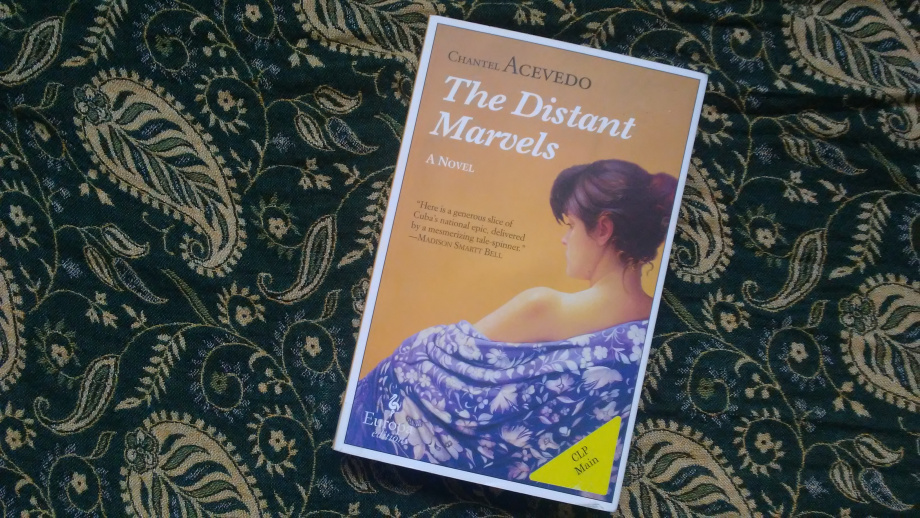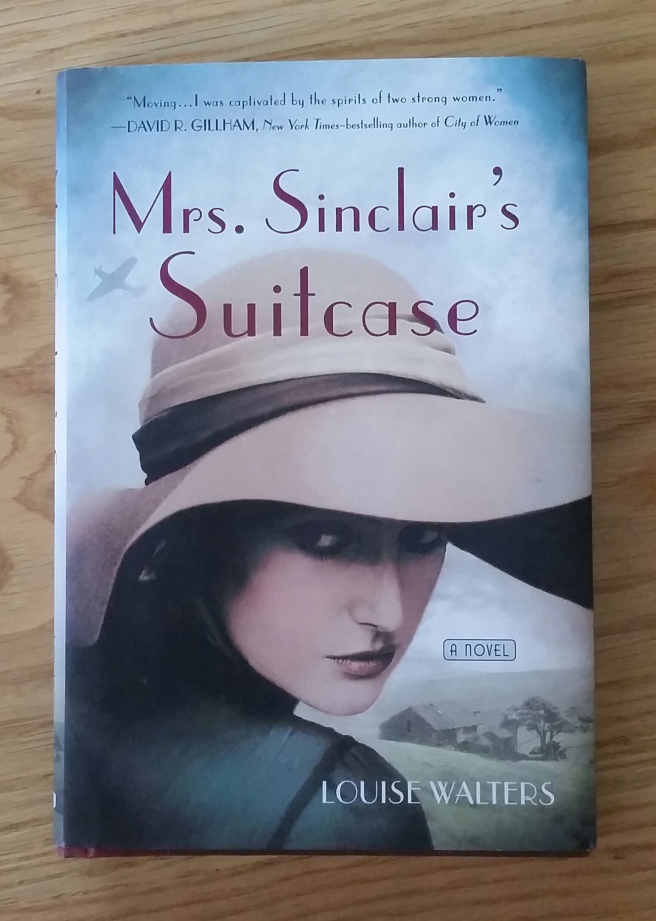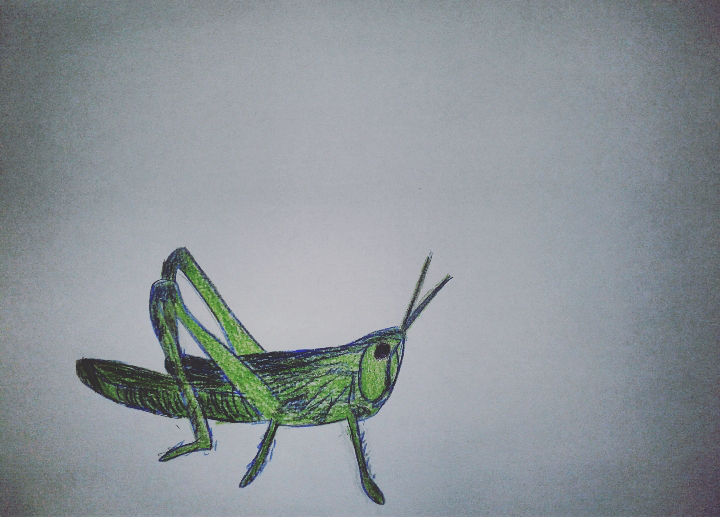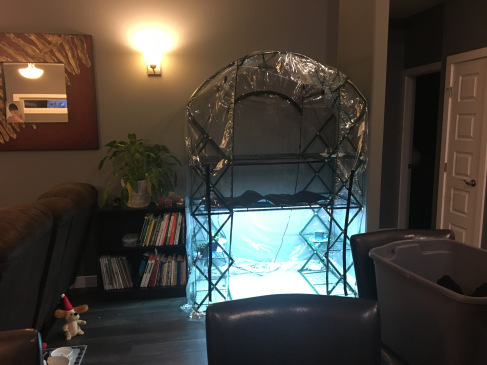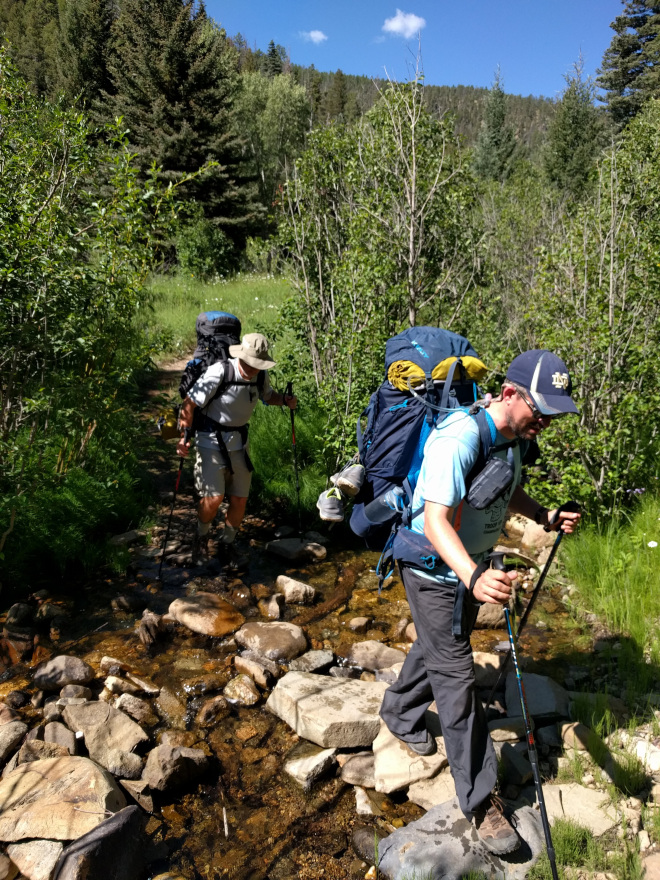Download links for: Yellow Dirt: An American Story of a Poisoned Land and a People Betrayed


Reviews (see all)
Write review
Read about what Uranium mining did to the miners and keep Fracking in mind. Excellent presentation.
Well-written book about a tragedy that should never have happened in the United States.
Just ok. Took too long to get where it was going.
At the Research Center: E99 .N3 P378 2010
Devastating. A must-read.
Other books by History & Biography
Related articles



